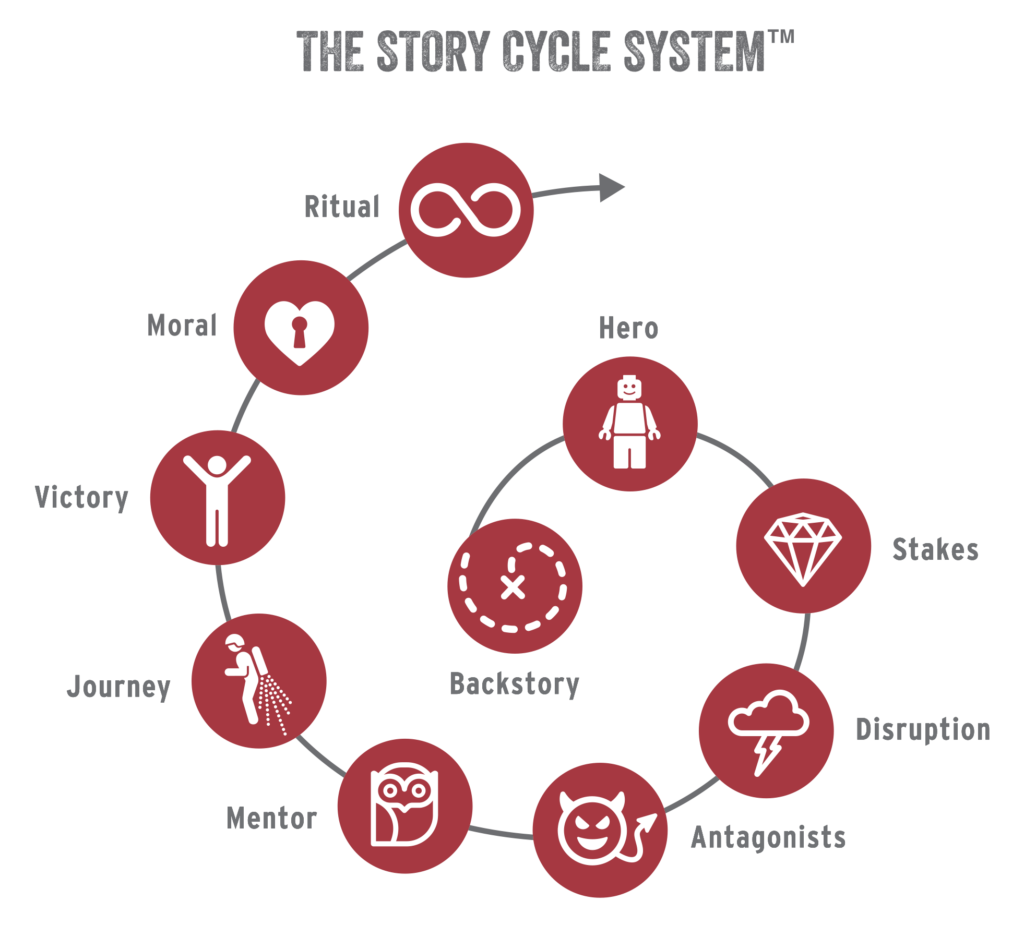A new report on the state of business communication by Harris Poll on behalf of Grammarly surveyed 251 business leaders and 1,001 knowledge workers in the U.S. to find out what’s getting in the way of collaboration, productivity, and output in the hybrid work era.
The Backbone of Business is Broken study states that leaders who discount soft skills like communications training and storytelling do so at their own peril, costing a company of 500+ employees approximately $6,253,000 per year in reduced productivity, brand degradation, employee retention and lost business.
“The silver lining of technological disruption was supposed to be that everything would get easier. Seamlessly work from home or #WorkFromAnywhere… Hire the best talent based anywhere in the world from wherever you are.
But what if we don’t realize any of those benefits — because we can’t communicate with each other effectively?”
Some of the high/low points include:
- Business leaders estimate their teams lose an average of 7.47 hours per week due to poor communication (almost one full workday).
- Knowledge workers report spending as much as half of their workweek communicating with the majority (86%) experiencing communication issues during that time.
- The Impact of poor communication at work
- The majority of business leaders (88%) and knowledge workers (63%) want tools to make this process easier, agreeing, “I wish my company had better tools to help people communicate effectively.”
- 96% of business leaders agree that “new tools and/or strategies could help my company communicate better in the coming year.”
- More than 9 in 10 knowledge workers and business leaders agree that poor communication negatively impacts their team or company’s productivity, morale, and growth.
“Work no longer takes place 100% in the office––but your teams still need to communicate 100% of the time.”
According to the study, the cost of ineffective communication equals
- Cost per employee per calendar day = $47.37
- Cost per employee per month = $1,042.17
- Cost per employee per year = $12,506
- Cost per year: company of 50 employees = $625,300
- Cost per year: company of 500 employees = $6,253,000
Based on business leaders estimating the loss of 7.47 hours of work per week due to poor communication and reporting an average salary of $66,967 for their teams.
Do the math. What is the price of not pursuing the most effective business communications training and activation costing you?
How to Grow as More Effective Communicators Through Storytelling
Here’s how you can unlock the highest possible levels of collaboration, productivity and profitability through clear, consistent and engaging communications at every level of your organization. On page 33 of the report, you will find the five key areas of communication skill development that positively impact an organization.
And there is one tool already between your ears that you and your people can use to overcome the following communications challenge. It’s called the ABT (And, But, Therefore) foundational narrative framework. The ABT works because it uses the three forces of story – agreement, contradiction and consequence – that our primal cause-and-effect, pattern-seeking, decision-making limbic brain loves.
Here’s how you use the ABT to make all of your business communications clear and actionable:
- 55% of leaders expressed the need for more clarity in communication.
Train all of your people on how to clarify their messaging using the singular problem/solution dynamic of the ABT to clearly and concisely communicate their needs. - 53% of leaders say they need more empathy in communication.
Train your colleagues to place their audiences at the center of their stories using the ABT and the 5 primal elements of a short story to show them how to understand that person’s need, empathize with their journey, and appreciate how you can help them achieve what they want. Story is the Velcro to collaboration. - 50% of the leaders seek more efficiency in the volume of communication.
When your people know how to focus their communication on a singular problem/solution dynamic, the clarity of communication skyrockets. The length of their communications is dramatically reduced and the number of messages needed to clarify their point decreases because their communication is crystal clear from the outset relieving messaging malaise. - 50% of leaders understand the benefit of consistency in language, style, and messaging.
This is the #1 request I get: “Help us build a common storytelling language in our organization.” Colleagues are taught not only the stories that capture the origin, vision and mission of the organization but how to tell them using three proven narrative frameworks. This way everyone is sharing the same stories in similar ways with the latitude of adding their own creative flair. Plus, the narrative frameworks ensure that the storytelling is as clear and concise as possible to eliminate confusion. - 45% of leaders would like to promote a more consistent tone to communicate with authority and respect.
The two most powerful outcomes of learning the Business of Story frameworks have to do with tone-of-message as received by your audience. But to get it right your storytellers have to make two profound paradigm shifts in their communications:1. The story is NOT about you but about your audience. Place them at the center of your story to create understanding, empathy and buy-in.2. Your story is NOT about what you make but what you make happen for your audience to transport them from their world into yours.
The role of effective communication in the future
From the report…
- 87% of business leaders agree with the statement, “My team will not be able to meet their goals without effective communication skills.”
- 94% of business leaders agree with the statement: “New tools and/or strategies are needed to achieve effective communication in a hybrid or remote workplace.”
The tools and strategies you can apply immediately to build your storytelling culture start with the ABT. Then you use the five primal elements of a short story for big impact (an expanded ABT) to make your business points through true stories well told. Finally, you use the 10-step Story Cycle System™ as a story strategy guide to transport your audiences from their world into yours through your long-form content and leadership presentations.

The Spiral Narrative Structure Capture in the Story Cycle System to Increase Customer Engagement With Every Rotation
The three outcomes business leaders seek
The authors of the study point out that running a business hamstrung by poor communication is expensive. The direct cost of not building a storytelling culture is $12,506 per employee per year. The study also reveals the indirect costs and consequences of not communicating effectively that prevent organizations from achieving critical business goals.
Overall, what the majority of leaders want is to:
- Scale an effective communications culture to grow the business.
- Improve operational efficiency.
- Improve company culture and employee retention.
Start by teaching your people the ABT narrative method today, three words that will revolutionize your communications, colleague camaraderie and outcomes.
Grammarly_2022_The_State_of_Business_Communication












at 10:53 am
[…] miscommunication isn’t surprising. A recent study by The Harris Poll and Grammarly about the state of business communication found that knowledge workers like Sarah lose seven-plus hours per week – basically one day per […]